It cannot be denied.
The air is warmer. The grass is greener. The birds are louder. It’s rainier.
This can only mean that… Spring has sprung.
Ah….
Although the official growing season (or even planting season for that matter) hasn’t begun yet, there’s wild edible greenery that’s begun to pop up in our area. Seeing this, my biology-major roommate and friend, Clare, requested a birthday dinner that incorporated foraged ingredients.
Foraging? As in, going into the wild and gathering plants that you haven’t grown yourself? People still do that?
Apparently, they do. And now the CoOp does too. There’s a lot of edible wild plants that are at their best in early spring, and with the help of Hamilton’s greenhouse manager Hilary-Joy, we gathered and cooked greens and tubers that we found on campus.
Well, technically my sister and I weren’t able to make it to the foraging party that gathered together on Monday afternoon (yes, Calynn was at Hamilton!). But we took a walk through the Glen the same day, and just happened to spot huge bunches of ramps.
For those of you who don’t know what ramps are, you should – they are all the rage in farm-to-table cuisine these days. They’re also known as wild leeks, and have a garlicky-oniony taste similar to scallions, although the leaves are more delicate in flavor. Native to the northeastern U.S., ramps lie to grow in rich, heavily shaded soil of a forest floor… Like the Glen!
It was such a bizarre experience finding them, because when we started on our walk, Calynn and I weren’t even expecting to find edibles. I wanted to show her the magic of the Glen before we started cooking, but then I just happened to recognize these leafy plants. So we spent a good half-hour digging around with our sticks to harvest these oniony bulbs.
My sister and I gathered a bunch of them (I was better at harvesting then she was, just sayin’), and when we got back to the kitchen, there were baskets full of other foraged greenery.
Our game-plan for this dinner was fairly flexible; there weren’t really any specific recipes that we had to use, except to incorporate most if not all of the foraged goods.
The first thing that we did with ALL of these plants was to wash them.
These were real plants with real dirt.. Lots of dirt. Which meant a lot of scrubbing.
Once the ramps, the dandelions, the wild carrots, and the wild garlic were squeaky-clean, Pat started frying dandelion flowers.
Yup, that’s how it happened. Dipped into a batter and fried on a griddle.
I bet you’ve never seen a dandelion look like that.
Pat also started making focaccia. Such a multi-tasker he is.
Calynn helped. I think she really liked making bread.
While those were rising/baking, Clare made a dandelion green and wild garlic scape frittata.
We put that in the oven, and Clare started making a balsamic potato salad with more dandelions.. Dandelions in everything! (But actually).
My vision for the ramps was to make ramp pesto pasta. So I started by making a pesto with both the white and green parts of the ramps, spinach, both the wild garlic scape and bulbs, olive oil, and lemon juice (we have a nut allergy and a cheese allergy in the CoOp, so no Parmesan or pignolis in the pesto this time).
Once that had been pureed and seasoned to my liking, I cooked the pasta and started sautéing the white parts of the ramps in olive oil.
I then added pasta and the ramp leaves. I should’ve sautéed the greens as well, instead of assuming they’d wilt down. As a result, they stayed pretty leafy even when the pasta was done.
To finish it off, I added the pesto and mixed well, making sure to taste and season.
By the time the pasta was done, everything was ready to come out of the oven and bring to the table.
When we introduced everything, some people were definitely weirded out by some of the ingredients. Ramps? Like the things that people in wheelchairs use instead of stairs? Dandelions? You can eat those? What makes wild garlic wild, exactly?
I just told them not to question anything and just go with it.
Because you know what? Everything was delicious. Like, really, really good. And to think that the only things that we had bought for this dinner was flour, potatoes, onions, pasta, and seasonings. It was so strange to think that this was something that I had gathered with my own hands, and not even in a garden or farm, but in a completely uncultivated place.
There’s an article called “Castagna” in the culinary journal Gastronomica’s “Chef’s Page.” Chef Matthew Lightner from Portland, Oregon takes a few pages to write about what foraging means to him. Granted, the ecology of the northwest if very different than that of central New York. But some of the things he said about foraging really resonated with me after my Glen walk. By foraging, “we are simply partaking in the culture of the wild world, one that has largely been lost to modern generations,” says the chef. Chef Lightner tries to think of how the indigenous people ate and utilized the local ingredients, then designs a menu that reflects the connection between the harvester and the harvested. These days, a product is treated in isolation from its environment. But Chef Lightner sees a product as “a cycle of abundance… [and] when you eat it you become part of the cycle.” This is a man who takes his restaurant further than the farm-to-table cuisine that’s been gaining popularity recently.
Foraging is possibly the most sustainable and most economical form of food-gathering. It’s the most local that you can get with your food; we got most of our ingredients from our backyard (literally). In his article, Chef Lightner also says that foraging has made him open his eyes to what is available to him and his surroundings, and really, really, appreciate it. We’ve become so used to always having a certain type of food and buying all our ingredients, but once you know where to look, there’s a whole meal that can be made from what most people consider weeds. Obviously there’s a learning curve with foraging, but even getting things like garlic and dandelions can give you a connection with the earth and show where you really are getting your food.
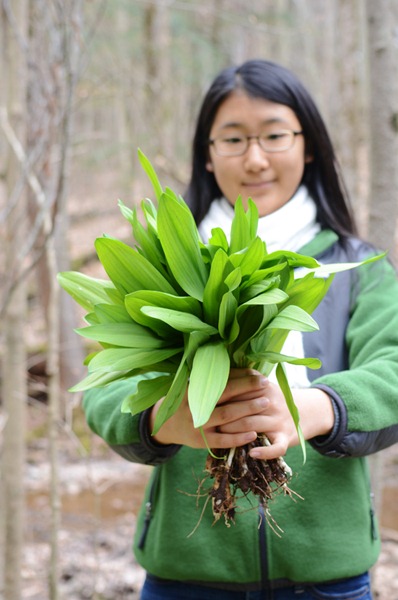
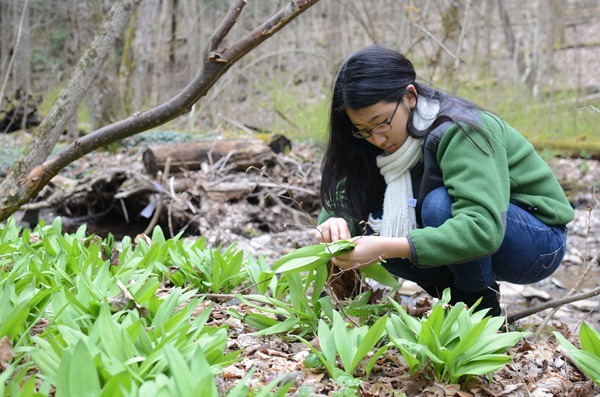
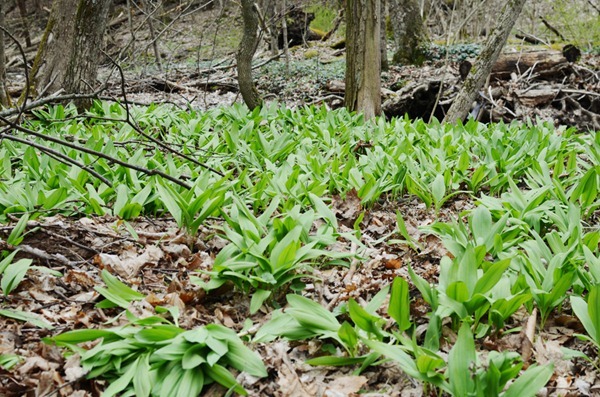
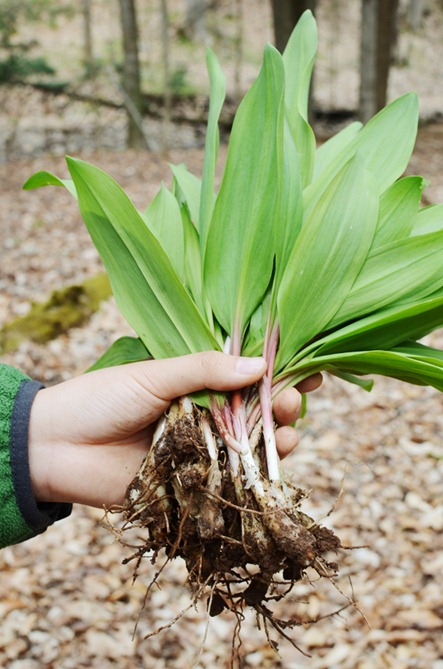

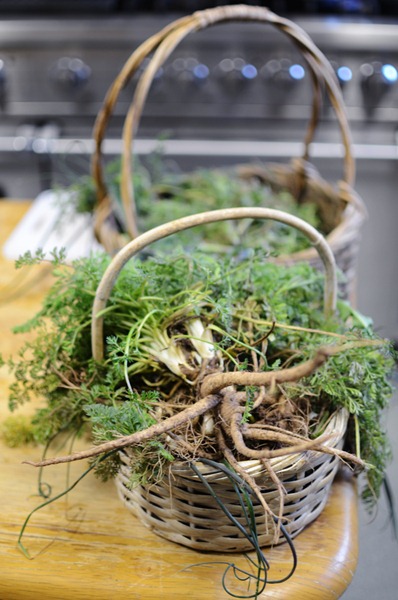

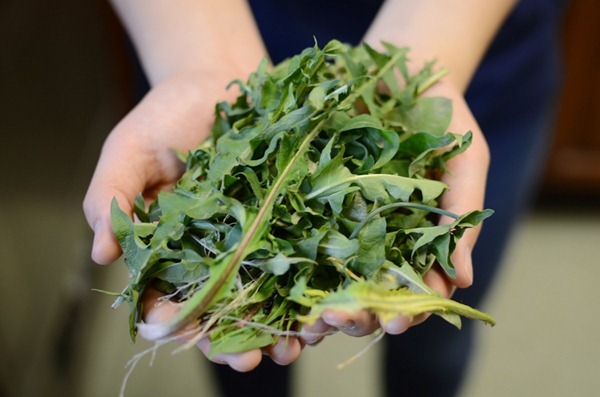
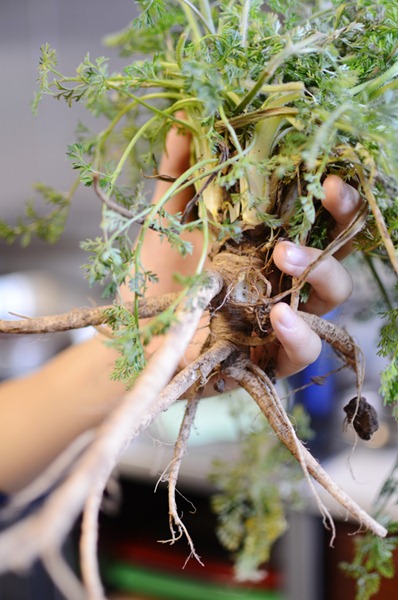
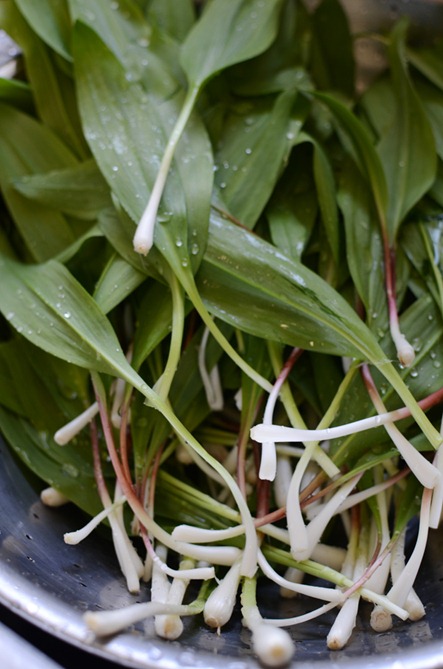
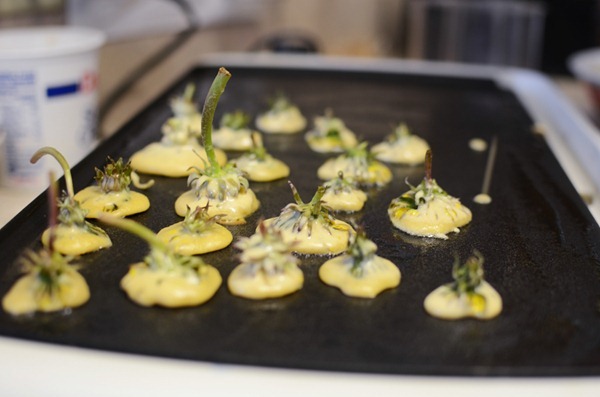
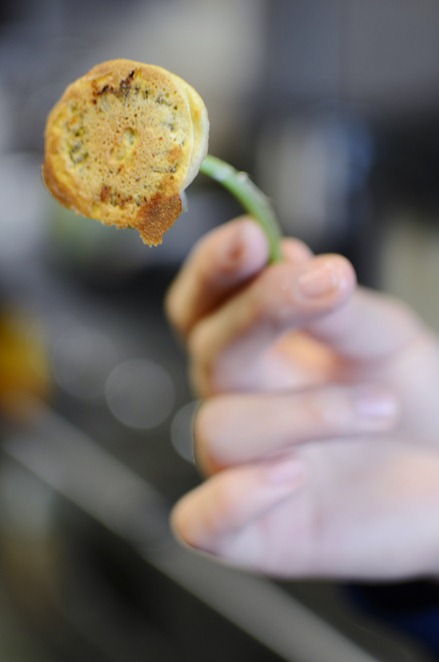
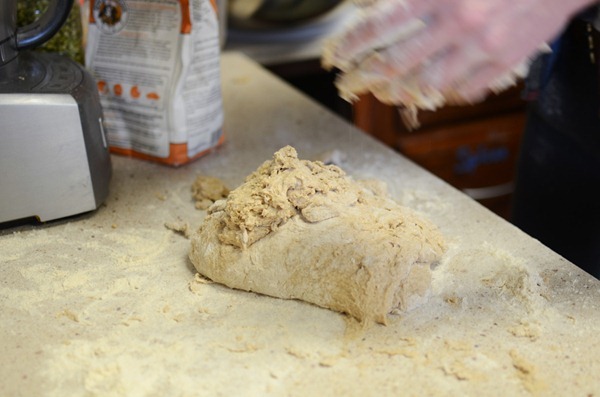
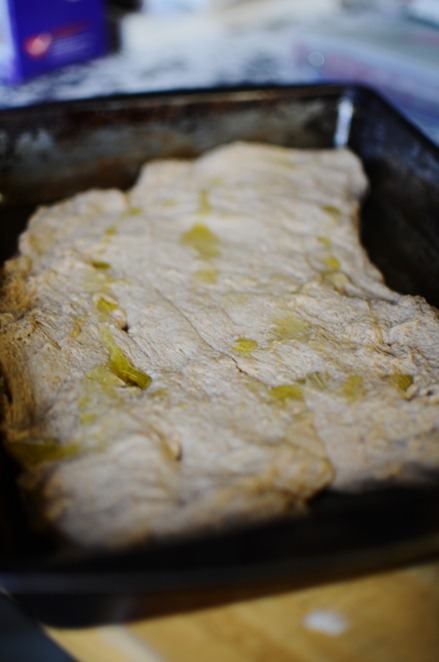

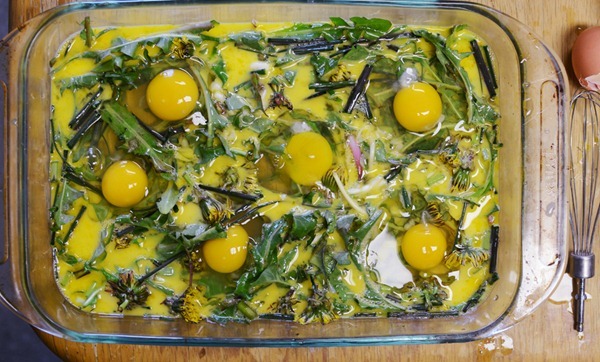
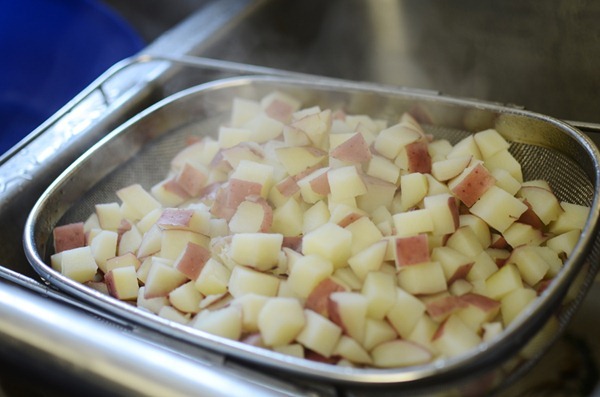
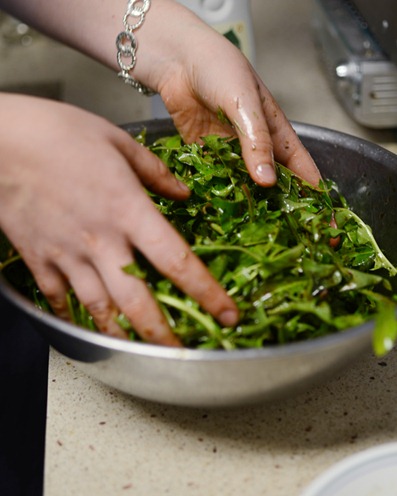
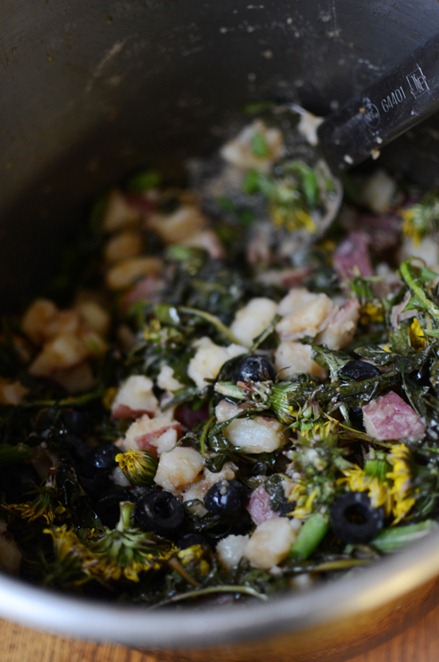

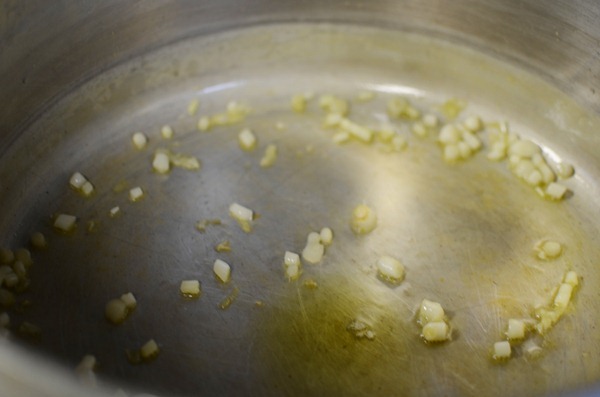
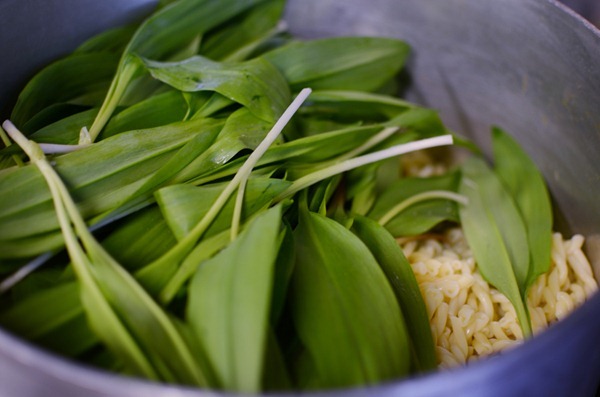
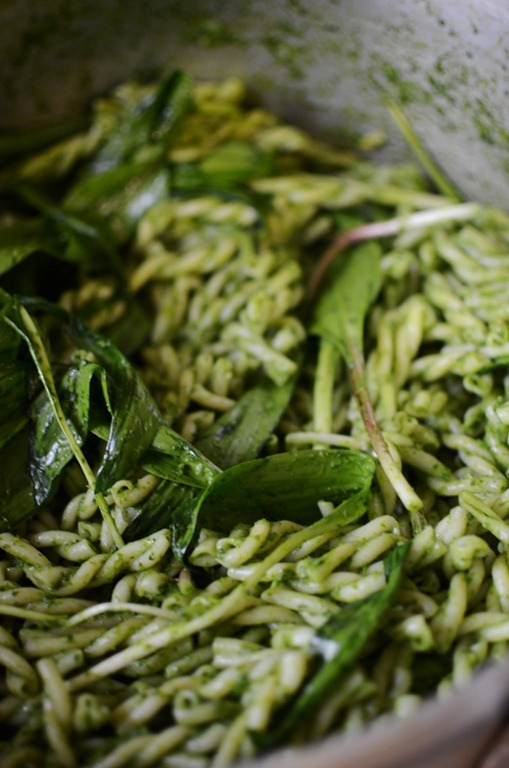
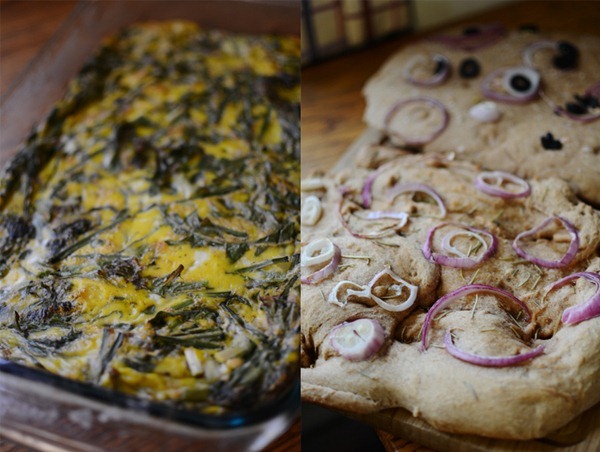
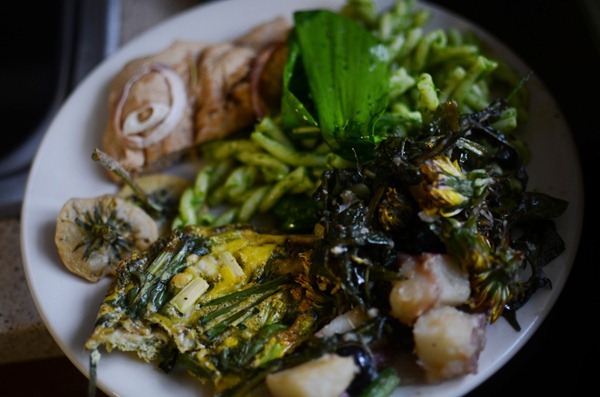
Discussion
No comments yet.